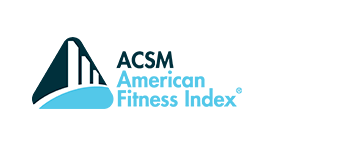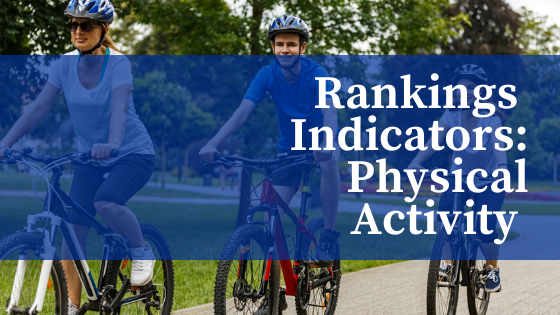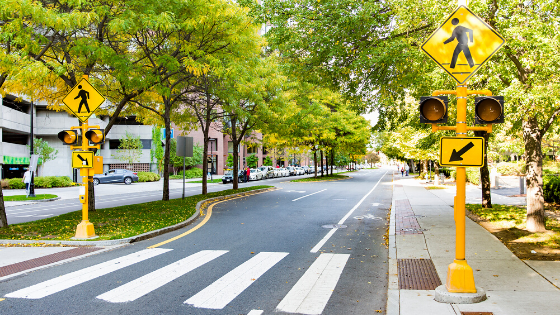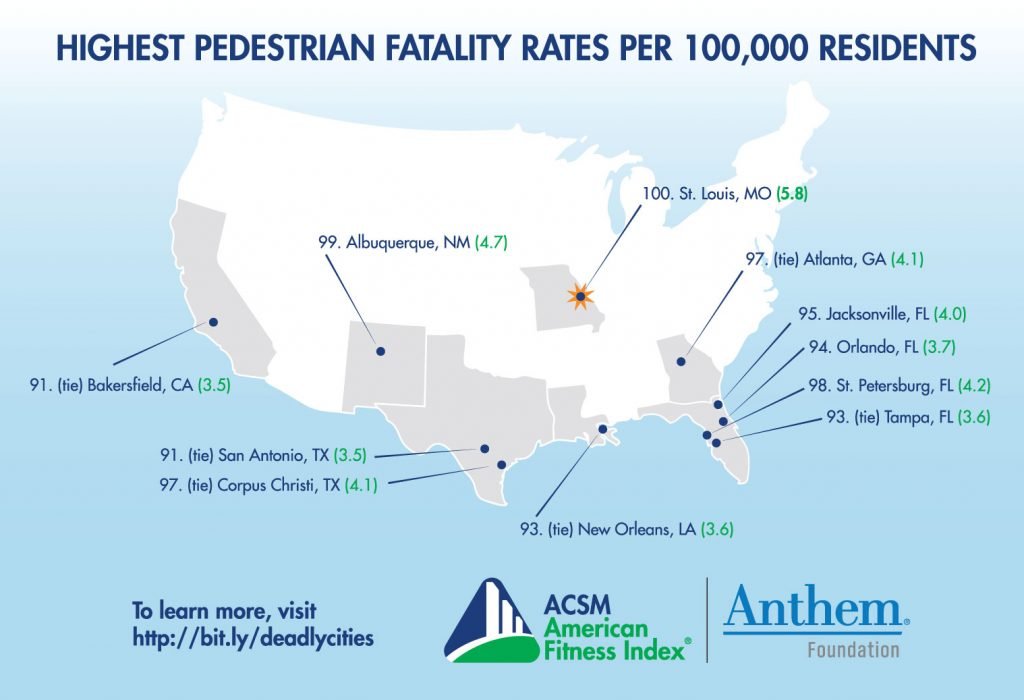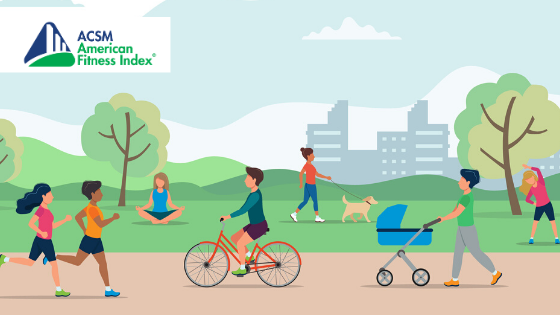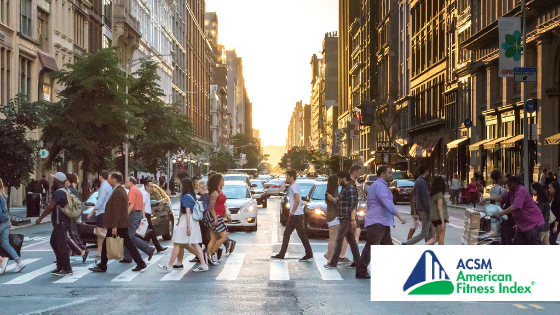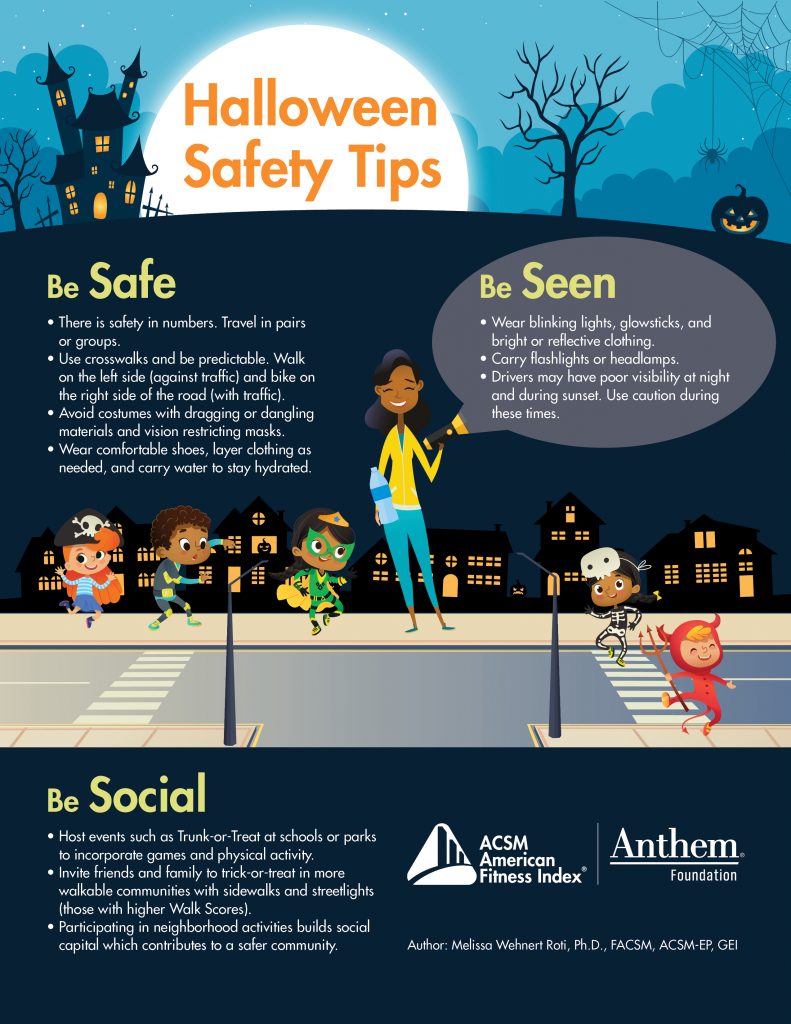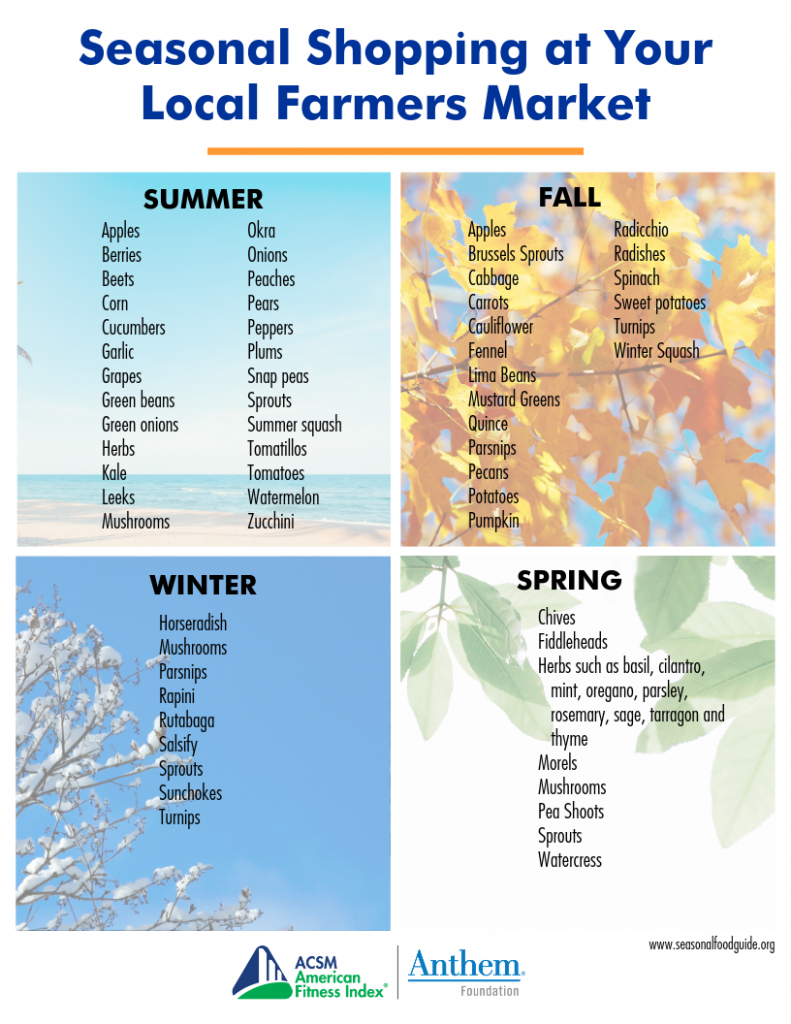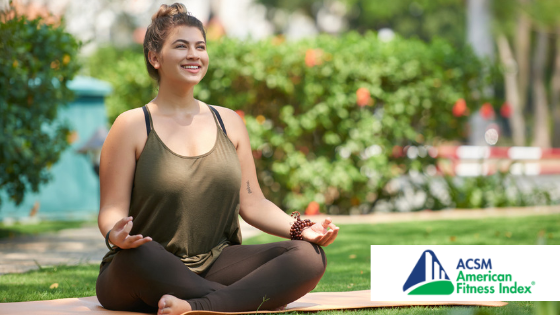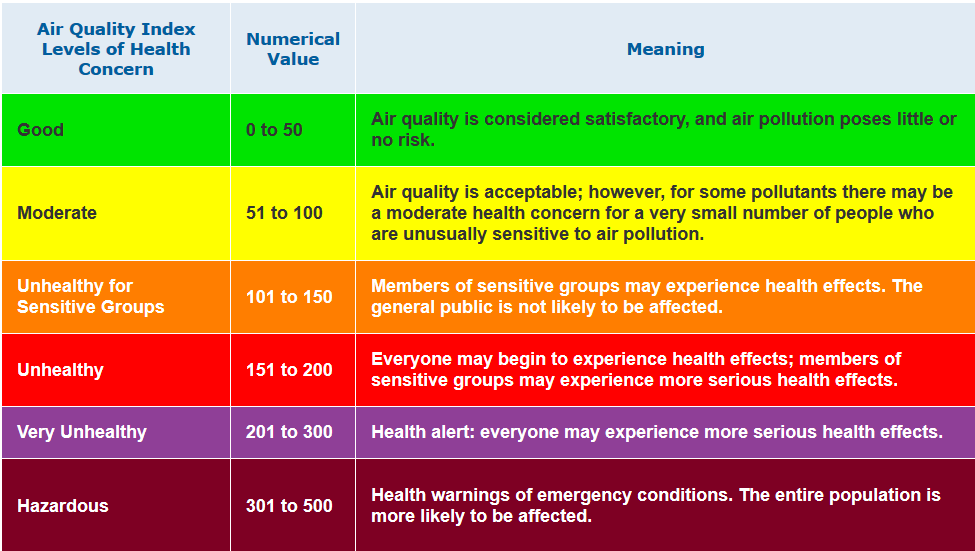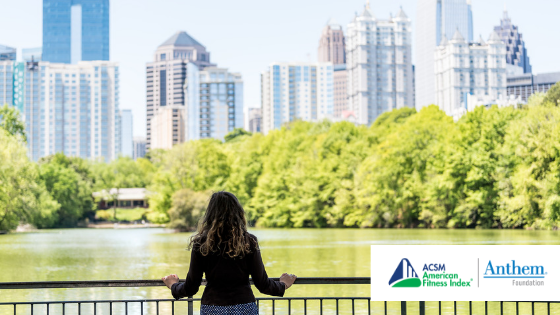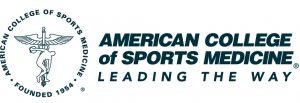The American College of Sports Medicine (ACSM) American Fitness Index is one of the most credible and reliable assessments of individual and community fitness across the United States. The indicators included in the report are timely, relevant, and valuable to address both unique and common factors between cities. In 2019, The Fitness Index added four new indicators: pedestrian fatalities, air quality, Bike Score, and Complete Street policies.
The advisory board added the indicators mentioned above to place more emphasis on the built environment and the role it plays on health for the population. It is doubtful that not being able to enjoy the outdoor facilities in your neighborhood would create an often-insurmountable barrier for additional physical activity.
With the new year in full swing, many have made a resolution to be more active and take better care of their health. Still, more than half of the country is in the middle of a cold winter, which can mean slippery roads and less daylight in the afternoon. The environment many Americans call home may not encourage a healthy behavior change. And sure, they may decide that they will brave the cold to take a walk. Still, as soon as they step outside on to the public sidewalk, they lose their footing because the city has not done such a great job of clearing the snow and ice from the last winter storm. Or stories of people falling victim to car accidents while walking may be discouraging. These factors are within the control of the local governments, and these indicators will allow them to have the information to create a space for a positive change. Being able to walk safely because the sidewalk is not slippery or more streetlights for better visibility may encourage more sustainable behavior.
Living a more active lifestyle has numerous benefits for people of all ages. The current recommendations for physical activity include 150 min/week of moderate-intensity aerobic physical activity or 75 min/week of vigorous aerobic physical activity, and at least two days of strength training that involves all major muscle groups. Increased physical activity has the potential of leading to long-term health benefits. There is substantial evidence of the positive effects associated with increased physical activity on physical health, mental health, and all-cause mortality. Look above and notice that exercise was never mentioned before this sentence. You can be active in any matter you choose.
According to data from the 2019 American Fitness Index, 51.2% of residents report meeting the aerobic activity guidelines. Of those, only 22% stated they were meeting both aerobic and strength recommendations. While there are many options for indoor fitness, they can be costly and inconvenient. Communities can encourage residents to meet both aerobic and resistance training recommendations by placing outdoor adult fitness gyms in local parks. Cities falling in the top 25 of the fittest cities in the U.S. have about 35% more residents living within a 10-minute walk to a local park than other cities. This proximity to parks provides greater opportunity for residents to be more active. A higher number of outdoor adult fitness parks, especially in underserved communities, may increase the likelihood of producing positive change in overall fitness and health.
On an individual level, finding ways to increase physical activity can be done everywhere you frequent. At home, choosing to do a few jumping jacks or squats during a commercial break will improve your physical activity when done for an hour-long television show. When at work, taking at least one minute every hour to walk around the office can make a big difference in a week. In your neighborhood, getting off the bus a stop early to walk will increase your physical activity. All these small changes can yield significant benefits to your health and fitness.
Whatever you can do to increase the amount of time you are moving is going to be the best thing you can do for your health. Please beware of trying to do something that you genuinely dislike, as these are the things you will most likely not do for very long. So, go for a walk or play with your kids. Either way you should aim to have fun and have an active new year.
And just for good measure, if you haven’t already, and it’s safe to do so, how about taking a short walk? Remember, health is wealth.
Author: Alvin Morton, III, M.S., is a doctoral student at the University of Tennessee, Knoxville and a member of the American Fitness Index Advisory Board.
